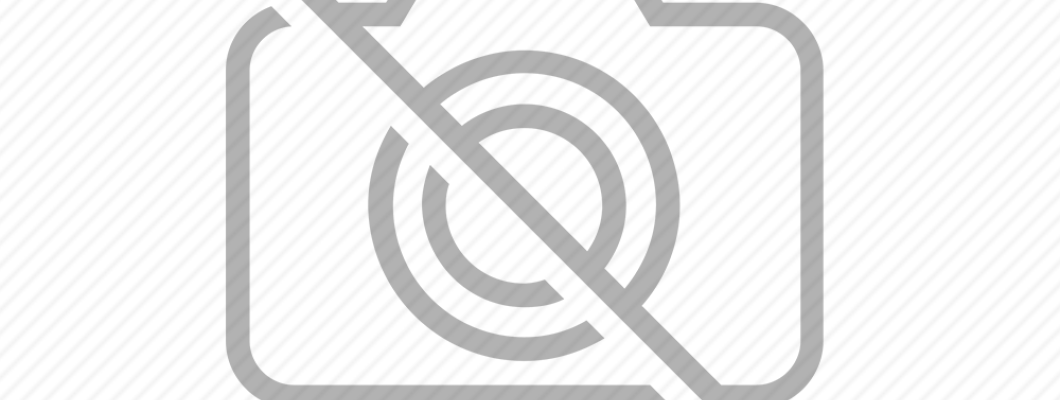
Ladies Business Casual Attire
Business casual attire for women is a dress code that balances professionalism with comfort. It is commonly worn in workplaces where formal business suits are not required but a polished appearance is still expected. Choosing the right business casual outfit can help women feel confident, look stylish, and maintain a professional image.

Understanding Business Casual
Business casual attire is a mix of formal and casual clothing. Unlike traditional business attire, which includes suits and blazers, business casual allows for more flexibility. However, it still requires neat, clean, and appropriate clothing that gives a professional impression.
Many companies follow a business casual dress code, but the definition can vary. Some offices may allow jeans and sneakers, while others may expect dress pants and blouses. It is always best to check with the workplace dress policy before selecting an outfit.
Essential Clothing Items
1. Blouses and Tops
A good business casual wardrobe starts with blouses and tops. Women can wear blouses, button-up shirts, or knit tops. The key is to avoid overly revealing or casual tops like tank tops, crop tops, or graphic T-shirts. Neutral colors such as white, beige, navy, and pastels are good choices because they match well with different outfits. Patterns such as stripes, polka dots, or florals are acceptable as long as they are not too bold.
2. Pants and Trousers
Dress pants or trousers are an essential part of business casual attire. They should be well-fitted and in neutral colors like black, gray, navy, or brown. Avoid overly tight pants, ripped jeans, or leggings, as they do not give a professional look. Some workplaces may allow dark-wash jeans, but it is best to confirm before wearing them.
3. Skirts and Dresses
Women can also wear skirts and dresses as part of business casual attire. The skirt length should be at least knee-length to maintain a professional appearance. Pencil skirts, A-line skirts, and midi skirts are popular choices. Dresses should not be too tight or too short. A simple, elegant dress paired with a blazer can be a great option for a business casual look.
4. Blazers and Cardigans
Blazers and cardigans add a touch of professionalism to any outfit. A blazer can instantly elevate a simple blouse and trousers, making it look more formal. Cardigans are a more comfortable alternative to blazers and can be worn over blouses or dresses. Choosing neutral colors like black, navy, or gray makes them easy to match with different outfits.
5. Shoes
Footwear is an important part of business casual attire. Closed-toe shoes such as loafers, ballet flats, and low-heeled pumps are suitable options. High heels should be moderate in height, and overly casual shoes like flip-flops, sneakers, or sandals should be avoided. If the office environment is more relaxed, stylish ankle boots or dressy flats can be worn.
6. Accessories
Accessories should be kept simple and elegant. A delicate necklace, small earrings, and a wristwatch can enhance an outfit without being distracting. Handbags should be structured and professional-looking. A leather tote or a small handbag in neutral colors is a good choice. Avoid wearing too many accessories, as they can make the outfit look too flashy.
How to Put Together a Business Casual Outfit
Creating a business casual outfit does not have to be complicated. Here are a few ideas:
Classic Look: A white button-up blouse with black dress pants and black ballet flats.
Chic Look: A knee-length floral dress with a navy blazer and beige pumps.
Modern Look: A fitted sweater with a midi skirt and ankle boots.
Comfortable Look: A blouse with dark-wash jeans and a structured cardigan.
These outfits are professional, stylish, and appropriate for most office settings.

Seasonal Business Casual Attire
Business casual attire can change depending on the season. Here are some tips for dressing appropriately throughout the year:
Spring: Lightweight blouses, skirts, and dresses in pastel colors.
Summer: Breathable fabrics like cotton or linen, short-sleeved blouses, and dressy sandals.
Autumn: Sweaters, blazers, and ankle boots in warm tones like burgundy, mustard, or olive.
Winter: Turtlenecks, wool trousers, and warm coats with scarves.
Layering is a great way to stay comfortable while maintaining a professional appearance.
Common Mistakes to Avoid
When dressing in business casual attire, it is important to avoid common mistakes that can make an outfit look unprofessional.
Wearing Too Casual Clothes: Avoid ripped jeans, T-shirts, hoodies, and sneakers.
Overly Tight or Revealing Clothes: Clothes should be well-fitted but not too tight or short.
Wearing Too Many Accessories: Keep jewelry and accessories minimal and professional.
Ignoring Workplace Dress Code: Always check the company’s dress policy to ensure proper attire.
Ladies' business casual attire is all about finding the perfect balance between professionalism and comfort. By choosing the right blouses, pants, skirts, dresses, shoes, and accessories, women can create stylish and professional outfits suitable for the workplace. Understanding the dress code, considering seasonal changes, and avoiding common mistakes can help women feel confident and well-dressed in a business casual setting. Dressing appropriately not only makes a great impression but also boosts confidence and helps in creating a successful professional image.

